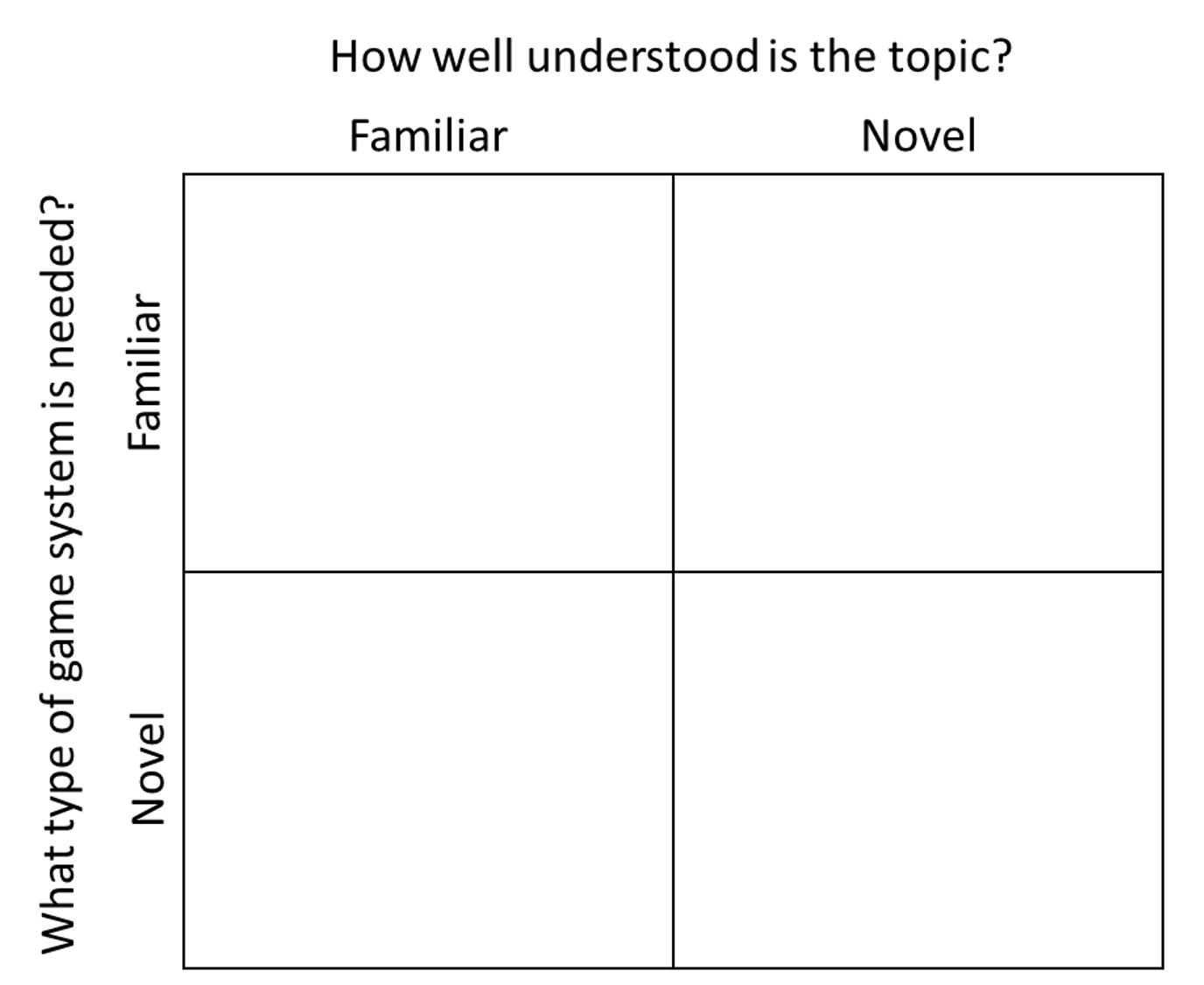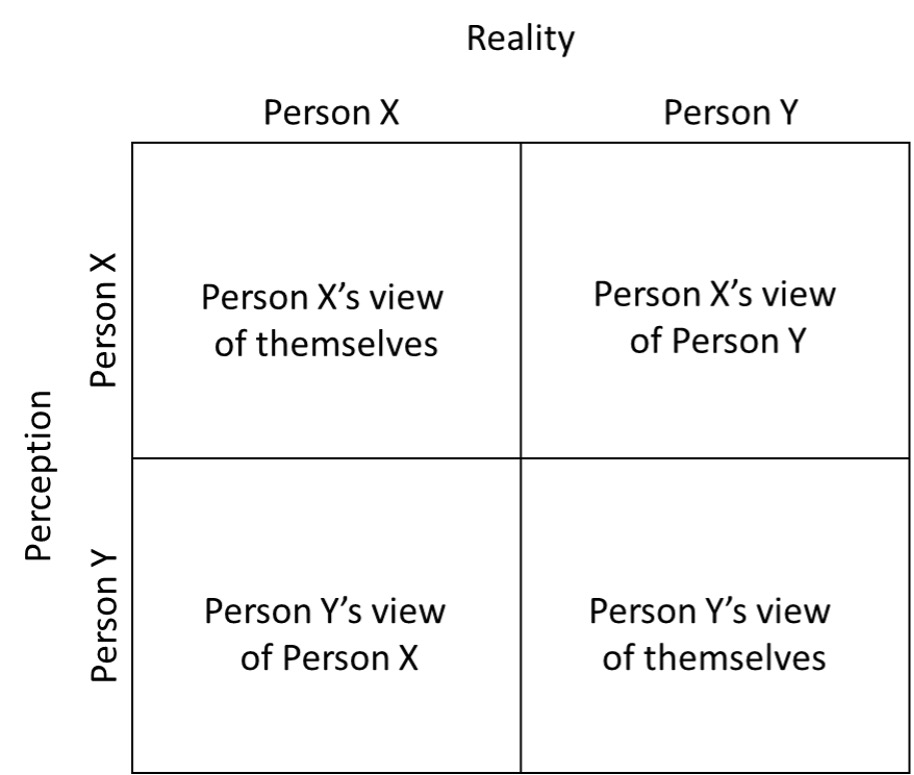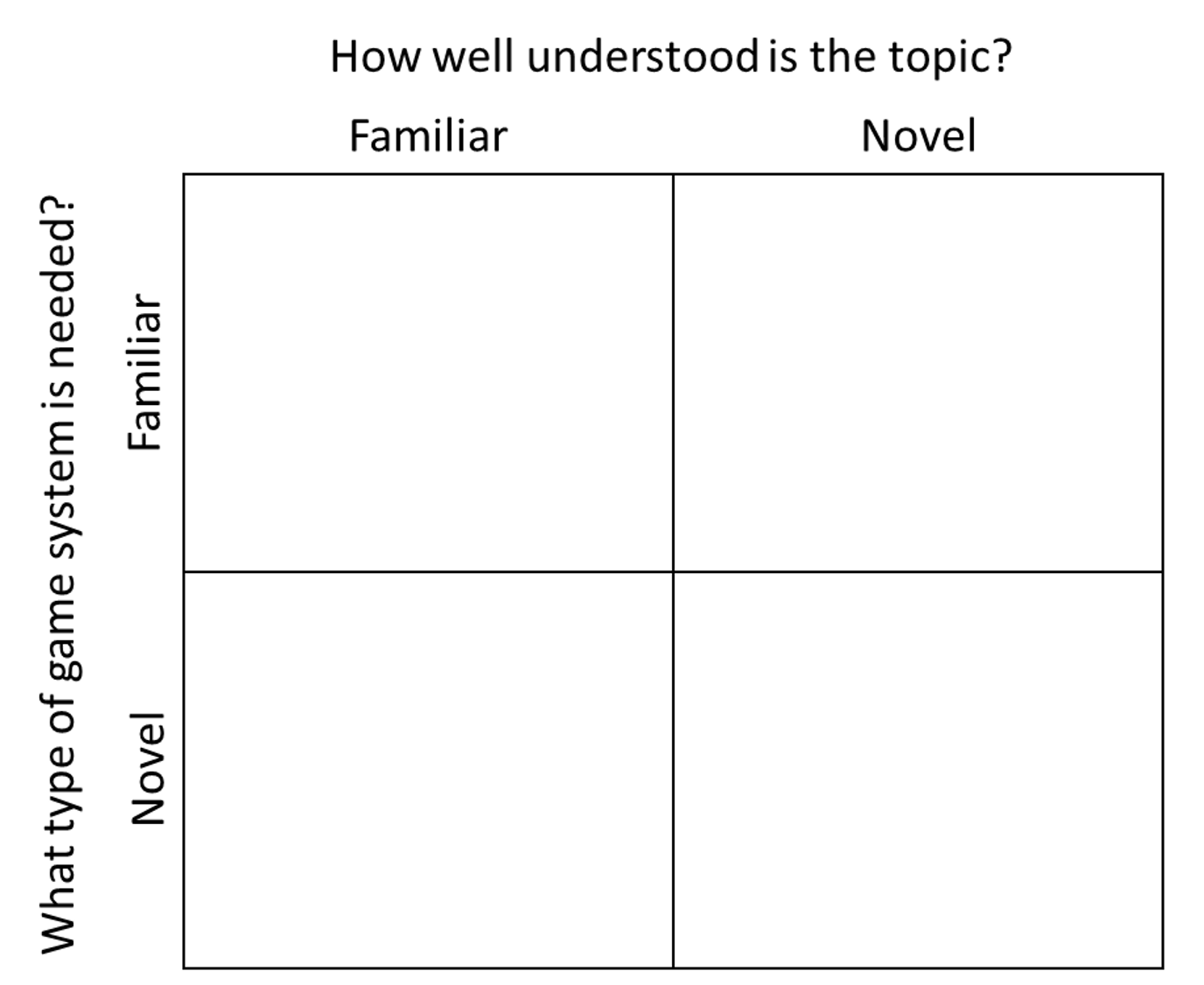The Risks and Rewards of Using AI in Wargaming
The use of artificial intelligence (AI) in wargaming has become a topic of increasing interest, with various reports, conferences, and journal editions dedicated to exploring its potential applications. However, as AI remains in the early stages of its development, there are significant risks associated with its use in wargaming that need to be understood and mitigated.
One of the fundamental principles of gaming is being specific about the question being explored. To apply this principle, we first determine whether the topic is novel or has been studied in depth. We then consider whether an existing gaming method can be adapted or if a new approach is required. This framework can be represented using a two-by-two matrix, which helps in understanding the appropriate application of AI in wargaming.

AI can be useful for exploring variations on established results and producing data for analysis, particularly when dealing with well-understood topics and game systems. It can also help in brainstorming new mechanics or creating materials for games on familiar topics. However, the risks associated with using AI increase when exploring unfamiliar questions or building new systems to examine poorly understood problems.
A critical consideration when introducing AI into wargaming is whether the focus is on quantitative data or qualitative knowledge. While AI can be helpful in post-game analysis for well-bounded problems, it can be misleading when trying to understand human interactions and decision-making processes. Replacing human actors with AI in games risks learning more about human-machine interaction than the actual game or problem being studied.

The complexity of human interaction in games involves at least four entities: two individuals and their mental models of each other. When AI is introduced, an additional layer of divergence is added, potentially leading to false precision in interpreting simulated actions. Therefore, it is crucial to be cautious when using AI to generate knowledge, particularly in areas that are not well understood.
While AI can expand the reach of wargaming in certain contexts, such as when clear measures of effectiveness are available and results can be cross-checked, it is risky to use AI as a replacement for human judgment. The potential for creating a misleading sense of knowledge is significant, particularly when AI is used to impersonate adversary decision-makers or replace human interaction.
In conclusion, the integration of AI into wargaming holds both promise and risk. By understanding the limitations and potential applications of AI, wargamers can harness its benefits while avoiding the pitfalls associated with its current stage of development.


